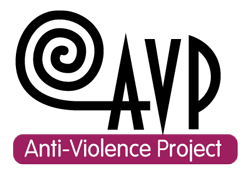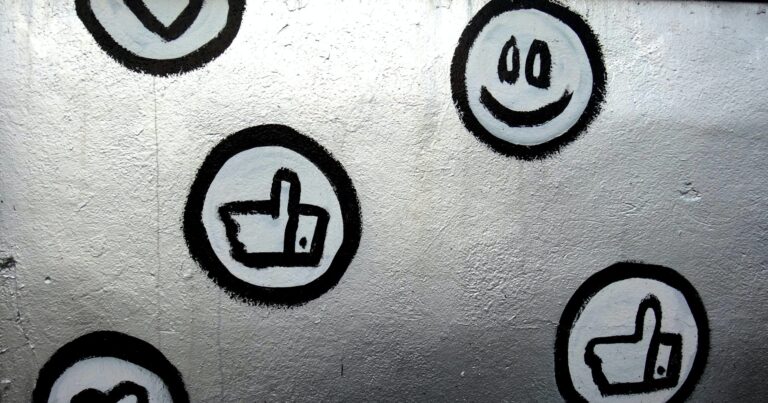Responding to violence: A Challenge To Men
In the past few months, I have witnessed the unfolding situation at the University of British Columbia. I heard about the frosh chants promoting the sexual assault of underage women. Shortly after, commerce students engaged in a similar ritual imitating Indigenous drumming and circle, calling themselves the “Pocahontas” group and chanting white men, steal our land. Since then I have heard about the 6 confirmed sexual assaults by a man on UBC campus and the Sauder School Commerce Undergraduate Society voted (with a 70% majority) to not fund a sexual assault counselor in light of these events mentioned above.
The University’s RCMP detachment has placed this situation as a top priority, placing more officers and patrols on campus and putting extra time and energy into finding the male suspect. As the efforts by the RCMP continue, I wonder about whose responsibility it is to prevent violence. The message I see coming from the government is that women need to stay extra vigilant.
Wait, this sounds familiar.
Earlier this year at the University of Victoria, a woman was attacked by a man while jogging along Mystic Vale. The immediate response from the Saanich Police (and the University) similarly asked women to be vigilant.
I don’t know about you, but this doesn’t seem to make sense to me. In both cases, white men perpetrated these assaults on women. In both cases, the reaction was to tell ‘all women’ to be ‘vigilant’ about their surroundings. As I witnessed the events and community responses, I have wondered where the men were who could be speaking out to address this violence. One thing that I have noticed is the lack of – or silence – of men’s voices on the issue of gender-based violence and racism. Why is this? What roles can men and boys play in this dialogue? How do I help in preventing violence against women and people of all genders?
These common responses to acts of men’s violence against women makes invisible the role of men who cause harm. It also leaves out how we as men can hold each other up to better standards. Part of this conversation needs to include a conversation about what it means to “be a man” today. This conversation around manhood, or masculinity, is an interesting one to me. As someone who grew up being told these messages of masculinity, I heard (and continue to hear) stories that being a “real man” meant being tough, strong, emotionless (except anger), and that femininity was to be devalued. As a racialized, mixed-raced man, I sometimes hear conflicting messages. As someone who aims to unravel my own privilege, I believe that these stories about masculinity are not monolithic. There are many masculinities. There are examples of being a man that, historically and currently, challenge that notion that men have to wear a mask of toughness and violence. These are stories that I think we need to tell more, because these dominant stories of masculinity need to be questioned and challenged.
My point is that I think this conversation about masculinity gets to the heart of the issue of violence. While many men are violent, it is not a biological condition. I would argue (and many others have argued) that it is the connection between violence and masculinity that is the issue here. I think this violent masculinity results in the acceptance or normalization of violence, to people of all genders and backgrounds (that includes harm committed towards men).
In many of the conversations, it seems clear that there is a message for young women to take precautions to prevent this violence. At the anti.violence.project, we believe that while it’s everyone’s responsibility to prevent violence, we also believe that we should be having conversations with men. Most violence is committed by men. However, many men do not commit violence. I believe that those of us who identify as men have a valuable opportunity to speak out against this violence, to be role models and active bystanders. We have a chance to say that colonial and gender-based violence are our issues too, and they need to stop.
There are many men taking up this conversation. I feel happy knowing that I’m not alone in these efforts to engage men, and that there may be a momentum growing.
One of those men is Jeremy Loveday. He recently created a video, speaking to how gendered violence is a man’s issue. That this is a challenge we must take on, a conversation that needs to happen.
I’ll leave you with this and echo Jeremy’s challenge: Men, let’s talk.




